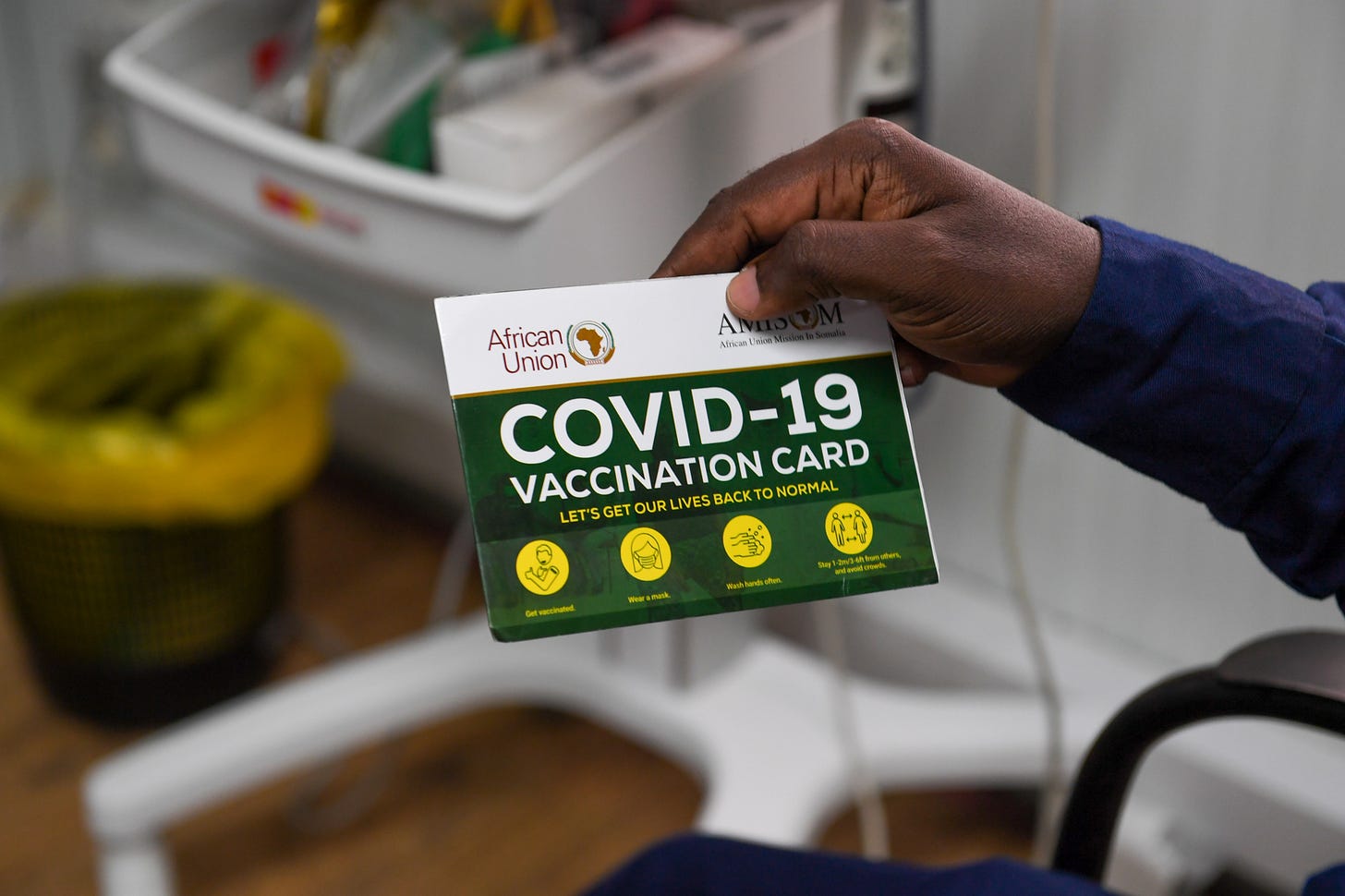As Kenya continues to embrace digital health innovations, one emerging technology stands out for its life-saving potential: predictive analytics. Unlike traditional health surveillance systems that detect disease outbreaks after the fact, predictive analytics allows health systems to forecast, prepare for, and potentially prevent future disease trends. This transformation — from reactive to proactive — could be a turning point for Kenya’s fragile but evolving healthcare infrastructure.
What if we could predict the next malaria surge in Western Kenya based on rainfall and temperature? Or foresee spikes in non-communicable diseases like asthma or cardiovascular conditions in Nairobi due to rising pollution? The answers are no longer futuristic—they are already taking shape through data science.
What Is Predictive Analytics in Healthcare?
Predictive analytics involves using historical and real-time data to identify patterns and forecast future health outcomes. This includes everything from forecasting disease outbreaks to predicting patient admissions, identifying high-risk patients, or even estimating the burden on healthcare facilities.
In public health, this data-driven approach has been embraced in regions like Southeast Asia and Latin America. Now, Kenya is beginning to test and adopt it—although slowly—through pilot projects and county-level experimentation.
How It Works
The predictive analytics process typically involves:
Data Collection: Pulling data from diverse sources like Electronic Health Records (EHRs), mobile phones, environmental sensors, lab reports, social media, and demographic surveys.
Model Training: Using machine learning algorithms to recognize trends, patterns, and anomalies.
Forecast Generation: Producing actionable insights—such as risk maps, outbreak alerts, or resource planning schedules.
Deployment: Sharing findings through dashboards, SMS alerts, or public health notices to guide decision-making.
Kenya’s Use Cases in Action
In Nairobi, a predictive model integrating NHIF claim data, public school absenteeism, and meteorological data was able to predict respiratory infection surges with nearly 80% accuracy three weeks in advance.
In Makueni County, historical tuberculosis (TB) records were fed into an AI model that, alongside satellite imagery of housing and poverty data, identified underserved areas at risk of TB outbreaks. This allowed the county to triple its screening rates in just four months.
Another remarkable example is AfyaData, a mobile-based surveillance tool developed in partnership with the African CDC. Deployed in Kilifi and Bungoma, it enables community health workers to input basic symptoms which are then flagged by a central AI engine for early outbreak warnings.
Why Predictive Analytics Matters for Kenya
Disease Prevention: Intervene before infections spread.
Efficient Resource Allocation: Pre-position vaccines, medicines, and personnel where outbreaks are likely to happen.
Reduced Costs: Preventing a health crisis is cheaper than responding to one.
Policy Planning: Ministries and counties can make data-informed decisions for health budgeting.
According to the Kenya Ministry of Health, 45% of total annual health expenditure goes toward emergency response and disease control — much of which could be avoided with proper forecasting systems.
Expert Insight
"In Baringo during the Rift Valley Fever alert of 2023, we used a basic predictive tool to monitor livestock infections and rainfall. This allowed us to pre-deploy mosquito nets, larvicides, and mobile clinics weeks in advance. We saw a 60% drop in reported cases compared to the previous outbreak."
— Dr. Sheila Ouma, Senior Epidemiologist, KEMRI
Tech Spotlight: The Infrastructure Gap
Kenya’s biggest challenge isn’t in AI talent or willingness to adopt predictive tech—it’s the lack of integrated health data platforms.
McKinsey & Company notes that without a unified digital infrastructure, predictive analytics systems operate in silos. Kenya’s fragmented databases—between NHIF, county records, private providers, and labs—hinder full-scale implementation.
The Kenya Health Information System (KHIS) exists, but uptake is uneven across counties, with most rural regions relying on manual systems. For Kenya to lead in this space, efforts must be made to:
Integrate private and public data streams
Standardize coding and electronic forms
Train local teams in AI data handling
Global Lessons for Local Impact
Predictive analytics has been instrumental in countries like India, where the Integrated Health Information Platform (IHIP) now handles real-time epidemic modeling. In Brazil, predictive tools helped minimize Zika virus spread. Kenya can adopt similar frameworks through partnerships, donor support, and tech incubation.
Even WHO and Africa CDC now recommend AI-powered epidemiology as part of pandemic preparedness efforts under the Health Emergency Preparedness, Response and Resilience (HEPR) pillar.
Case Study: Mobile Data for Malaria Hotspots
In collaboration with Safaricom, researchers used anonymized mobile phone location data to track human mobility patterns across Lake Victoria regions. By overlaying this with rainfall and malaria incidence data, scientists could predict which towns were at risk of outbreaks, enabling targeted net distribution and indoor spraying campaigns.
This pilot, supported by Grand Challenges Canada, saw malaria cases fall by 22% compared to control zones.
Challenges Ahead
Despite the promise, predictive analytics in Kenya faces several hurdles:
Data Privacy: Managing sensitive health data without breaching confidentiality
Skilled Workforce: Shortage of data scientists in health ministries
Funding: Limited county-level budgets for AI tools
Resistance to Change: Many local officials and clinicians still favor traditional methods
However, with strategic investment and public-private collaboration, these obstacles are solvable.
Actionable Takeaways
Counties: Should allocate budget for digital surveillance and AI forecasting pilots in high-risk areas.
Universities & Startups: Need to create joint programs to train public health data scientists.
Clinicians: Should adopt structured digital record-keeping to support modeling efforts.
Policy Leaders: Must push for the operationalization of the National Digital Health Blueprint (2020–2030).
📌 This newsletter explores AI, blockchain, cybersecurity, and other key technologies shaping healthcare in Kenya.
References









